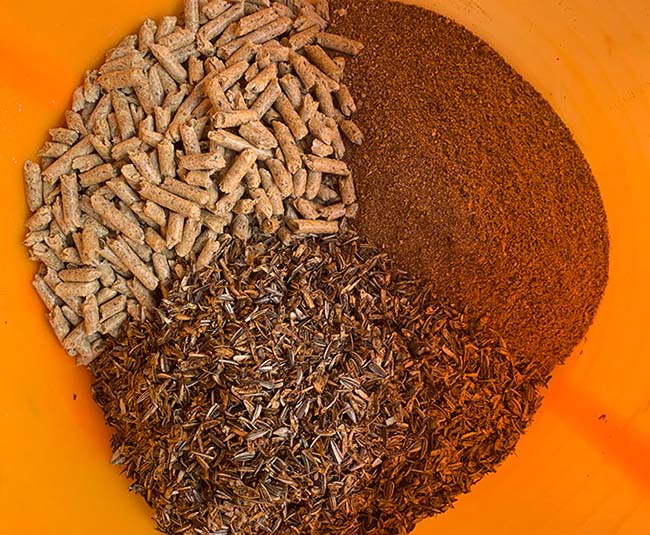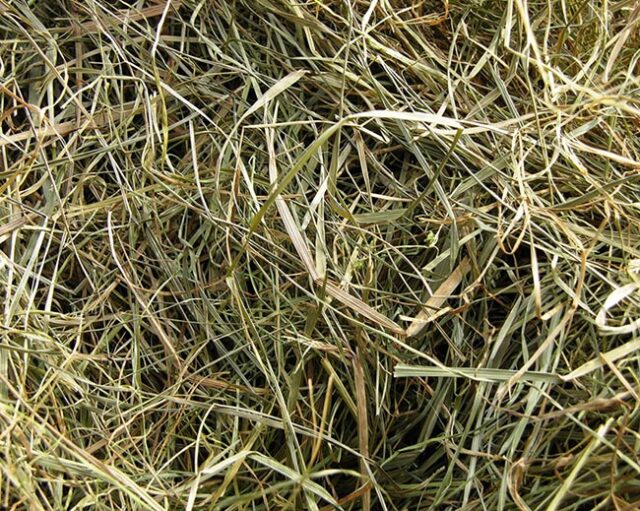By Dr.Mariette van den Berg: B. AppSc. (Hons), MSc., PhD (Equine Nutrition)
Photography: Mariette van den Berg and Tellisa Kearton
When it comes to feeding horses, it’s important to provide them with a balanced diet. This is particularly so when considering broodmares, who are expected to grow a healthy foal inside them for 11 months and produce enough milk for that foal for at least six months. Furthermore, many mares are expected to raise healthy foals for consecutive years.
Because nutrition influences each stage of the broodmare’s production cycle, nutritional management may, in many ways, determine the success of the breeding program and will also ensure the long-term health of your mare and foals.
For any horse, providing nutrition is a balancing act and this starts with understanding your horse’ nutritional needs. In our previous edition (Part 2) we provided scientific guidelines on the nutritional requirements of your broodmares during the different stages as well as of the young growing horse. It was emphasised that you need to ensure that broodmares obtain adequate nutrients such energy, protein, lysine, calcium and phosphorus. The trace minerals, iodine, copper, zinc and manganese, are also important for the pregnant and lactating mare, as are the vitamins A, D and E. The next step is to match this by offering your mares and growing horse’s sufficient quantity and quality of feed stuffs.
The importance of feeding roughage
Horses are hindgut-fermenting herbivores that are adapted to eating a plant-based diet high in fiber. Naturally, the horse grazes, from a seasonally varying menu, for 12-18 hours out of every 24, depending on the type of grazing available. Although horses are considered as primarily grazers, depending on the seasonal feed availability and selection, horses can also be categorised as mixed feeders browsing various herbaceous, woody and water plant even eating fruits and flowers. It is therefore important to realise that the behavioural patterns associated with our domestic horses are built upon the behaviours provided by millions of years in the wild and many cannot simply be whipped out by selective breeding and our husbandry practices. The herbivorous nature of the horses was determined early on and refined the system physically and behaviourally towards its diet. Thus, all horses need to get sufficient amounts of forage/roughage, preferably ad libitum, and benefit from eating 12-18 hours a day!
Note that the term forage and roughage are used interchangeably by nutritionists. Forage and herbage are defined as plant materials available for consumption by an animal. Roughage refers to a feedstuff with a higher fiber content forages.
Quality forages/roughage should be the basis of feeding programs for all horses. Fresh (i.e. pasture and some browse) and conserved forages (e.g. good meadow hay and lucerne) can cover the nutrient requirements of most horses including broodmares, during the first eight months of pregnancy. Minimal supplementary feed is often required, as long as good quality lucerne or meadow hay is fed during times of reduced pasture availability or when quality is poor. From 9 months of pregnancy and during lactation, mares will need to be supplemented with concentrates and ration balancers to provide a surplus of nutrients, minerals and vitamins. This may also be required when horses are performing/sporting or when the quality/quantity of forages are low.
To meet the nutritional requirements quality forages should be offered at a level of 2.0-2.5% of the horse’s body weight in total feed. The minimum roughage requirement for horses is 1.5% of the horse’s bodyweight to ensure good digestive function and avoid behavioural and digestive problems. This means that a 500-kg horse must receive between 10-12.5 kg of quality forages per day (on a dry matter basis) to cover its nutritional needs. The minimum requirement is 7.5 kg of forages (dry matter) per day. The dry matter basis is important as it related to the volume of fibrous material minus the excess water content. For example, hay is 80-90% dry matter whereas grass is approx. 20% dry matter. This means horses need to graze a larger volume of fresh grass to get 10 kg per day in dry matter!
Because forages should comprise the majority of the horses’ diet it is important to have a closer look at the nutrient profile of forages as this determines how much additional macro and micro-nutrients you may have to add!

Copra meal, soybean hull pellets and crushed sunflower seed hulls
Copra meal, soybean hull pellets and crushed sunflower seed hulls
Pasture analysis and management
Ideally, we want to offer all horses access to pasture as this aligns with the behavioural and nutritional needs of horses. The British Horse Society recommends a ratio of one horse per 0.4-0.6 hectares (1-1.5 acres per horse). However, there may be many reasons why pasture access all year round is not an option – either you don’t have the space or you are dealing with climatic/seasonal conditions that limits this. It can also be that your horses are good doers and too much grass can cause metabolic related issues.... To read the complete article you need to be a subscriber
CLICK HERE TO SUBSCRIBE TO BREEDING NEWS
SUBSCRIBERS CAN READ THE COMPLETE ARTICLE BY LOGGING IN AND RETURNING TO THIS PAGE




